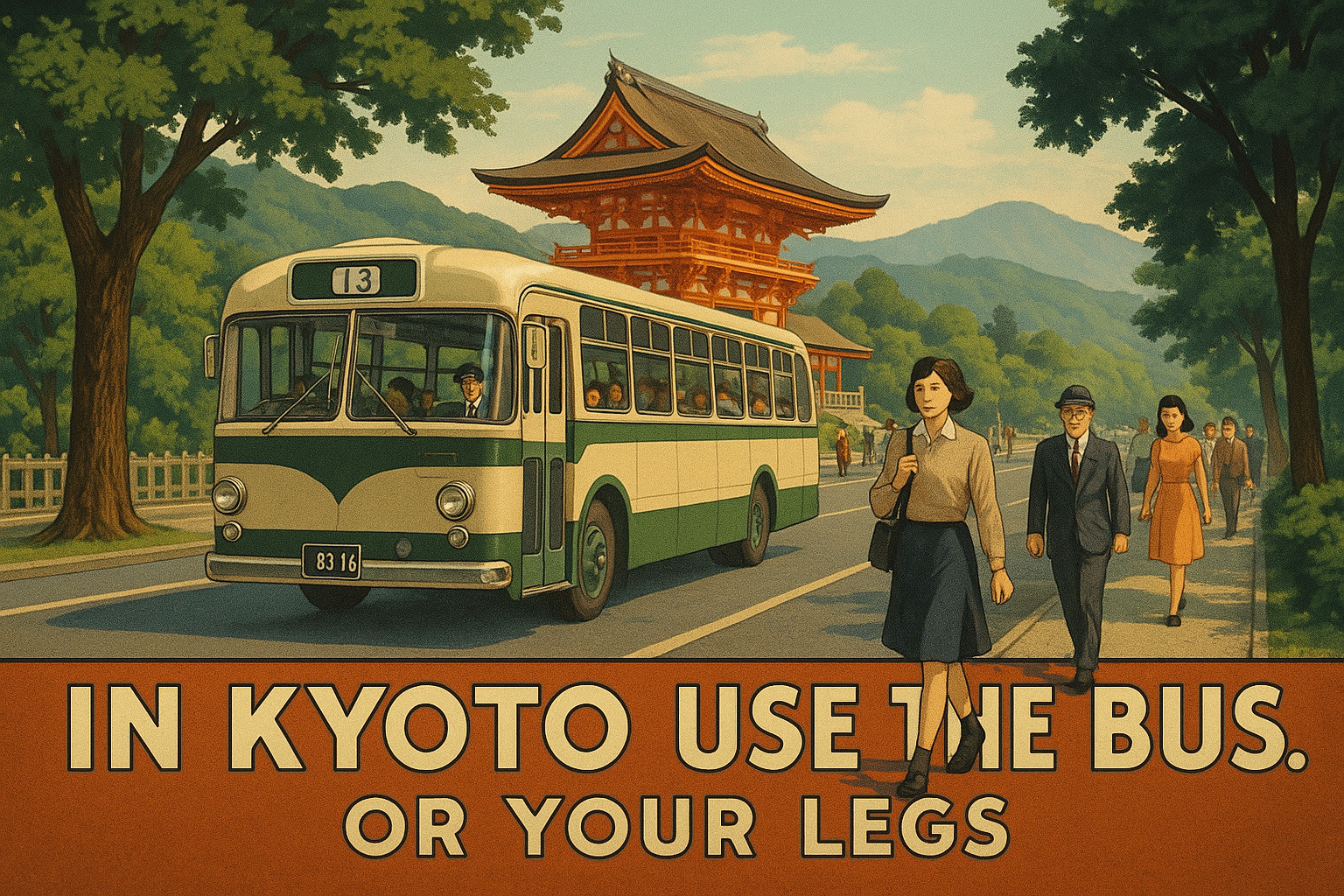
Digital Navigation Meets Ancient City Planning
Kyoto is gorgeous, historic, and completely allergic to the logic that Google Maps was built on. Narrow alleyways, ancient districts with no street signs, and pedestrian-only paths will have your phone confidently guiding you into a koi pond.
That "4-Minute Walk" Is a Philosophical Journey
Distances in Kyoto don’t play by normal rules. A temple might be “close” by map standards, but actually involves a winding stone path, two wrong turns, and a hike past five souvenir stands and a snack break. Don’t trust the time estimates. They're lies coated in optimism.
The Bus System Is Underrated (and Iconic)
Locals know: the city’s bus network is king. Buses go nearly everywhere and drop you right at the gates of most temples, shrines, and hidden gems. You’ll see the city more intimately—and avoid that awkward moment when you realize you're standing in someone’s front garden because Google said it was a shortcut.
Walking Is Also a Power Move
Kyoto was made to be walked. The beauty’s in the details—quiet side streets, wooden machiya houses, the scent of fresh yatsuhashi from a shop you didn’t plan to find. Take it slow. You’re not commuting, you’re exploring.
Final Word
Trust your senses more than your screen. In Kyoto, the best discoveries are made when you stop navigating and start noticing. Let your legs lead—you’ll get lost in the best way possible.